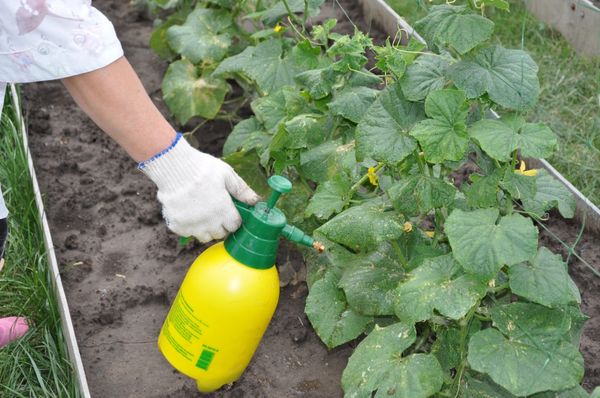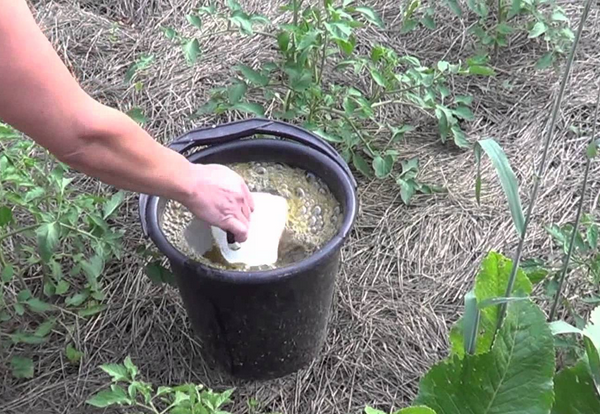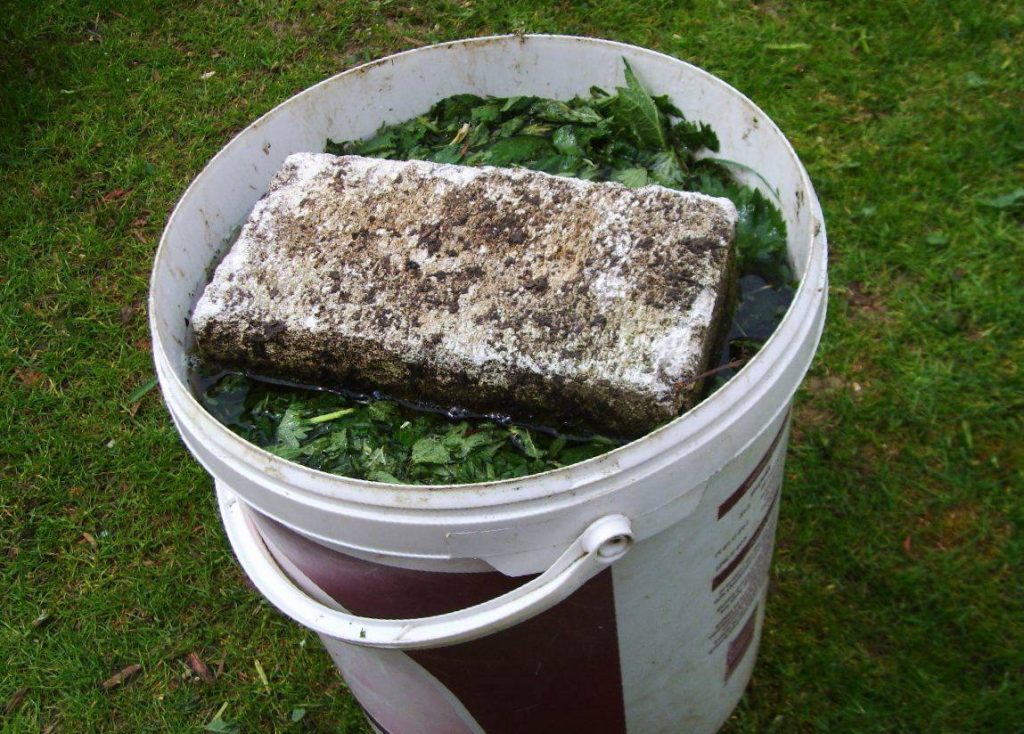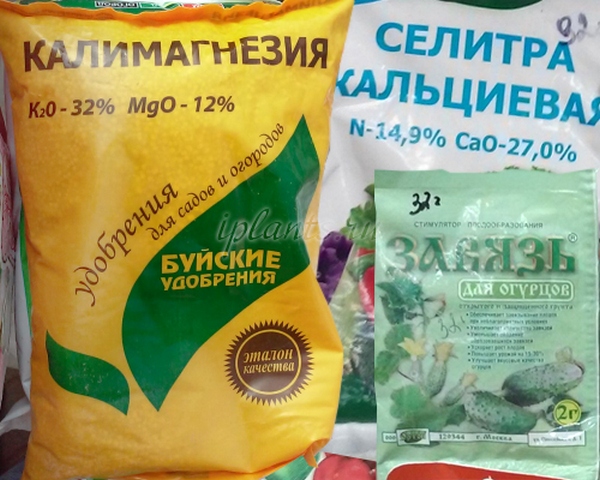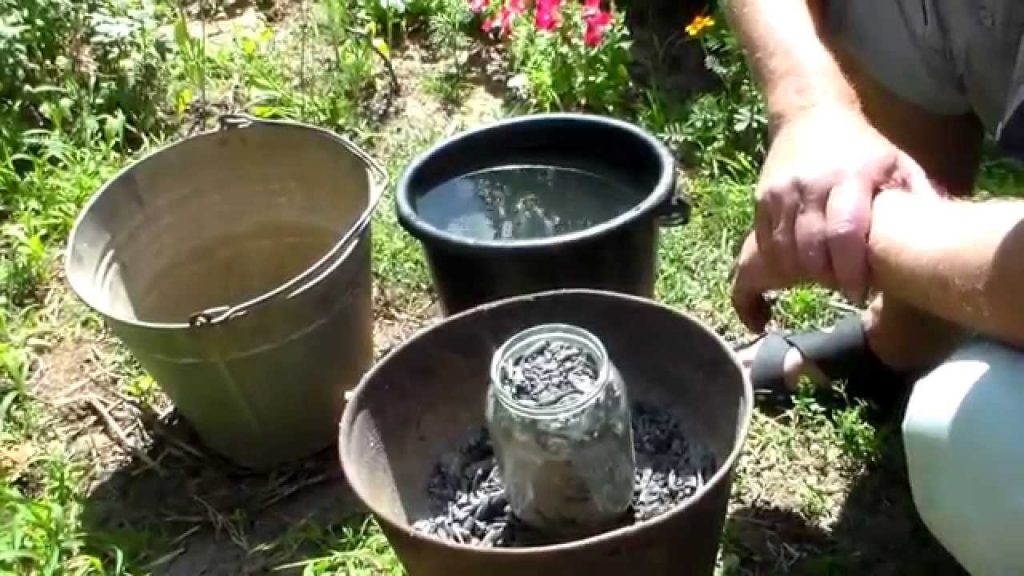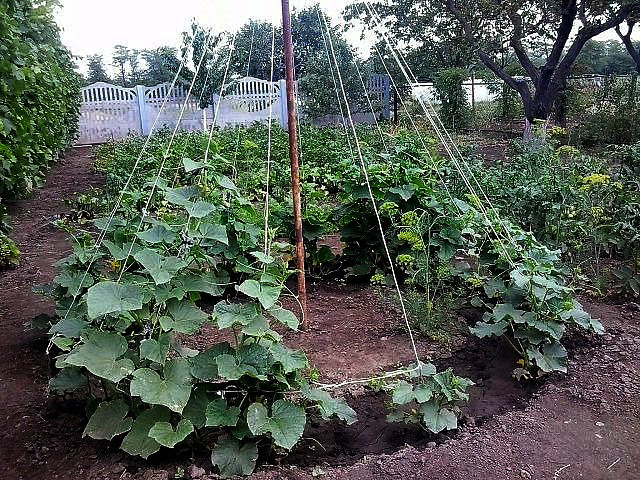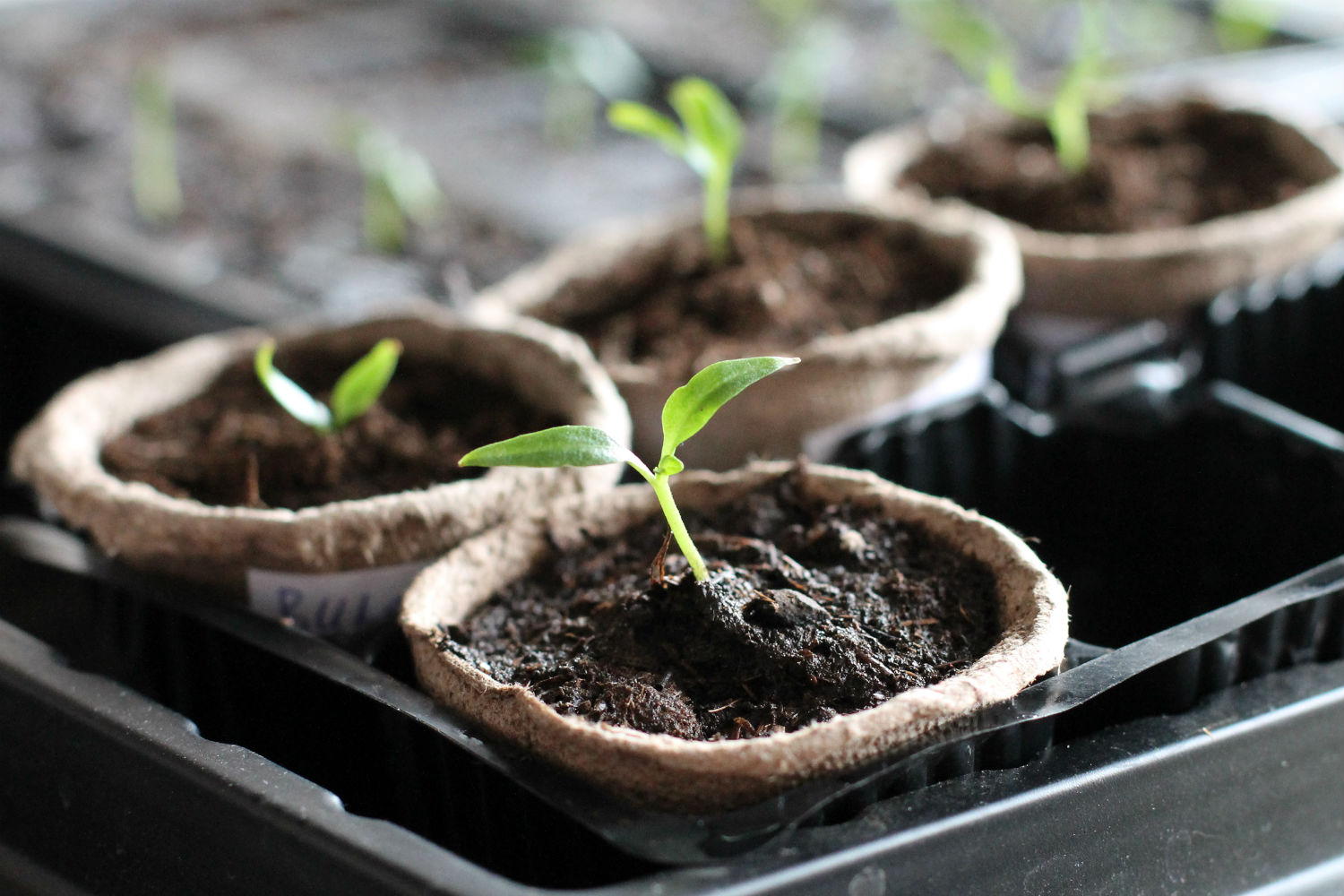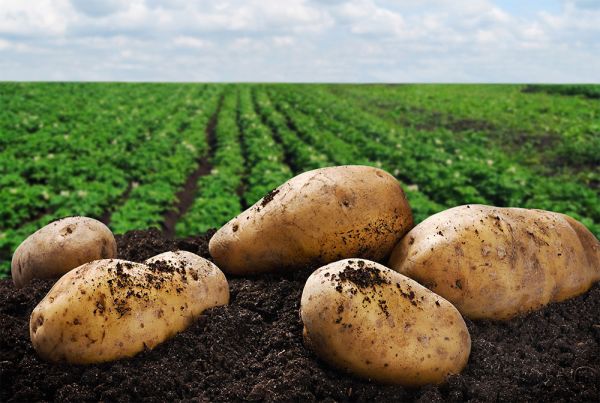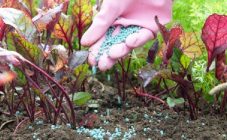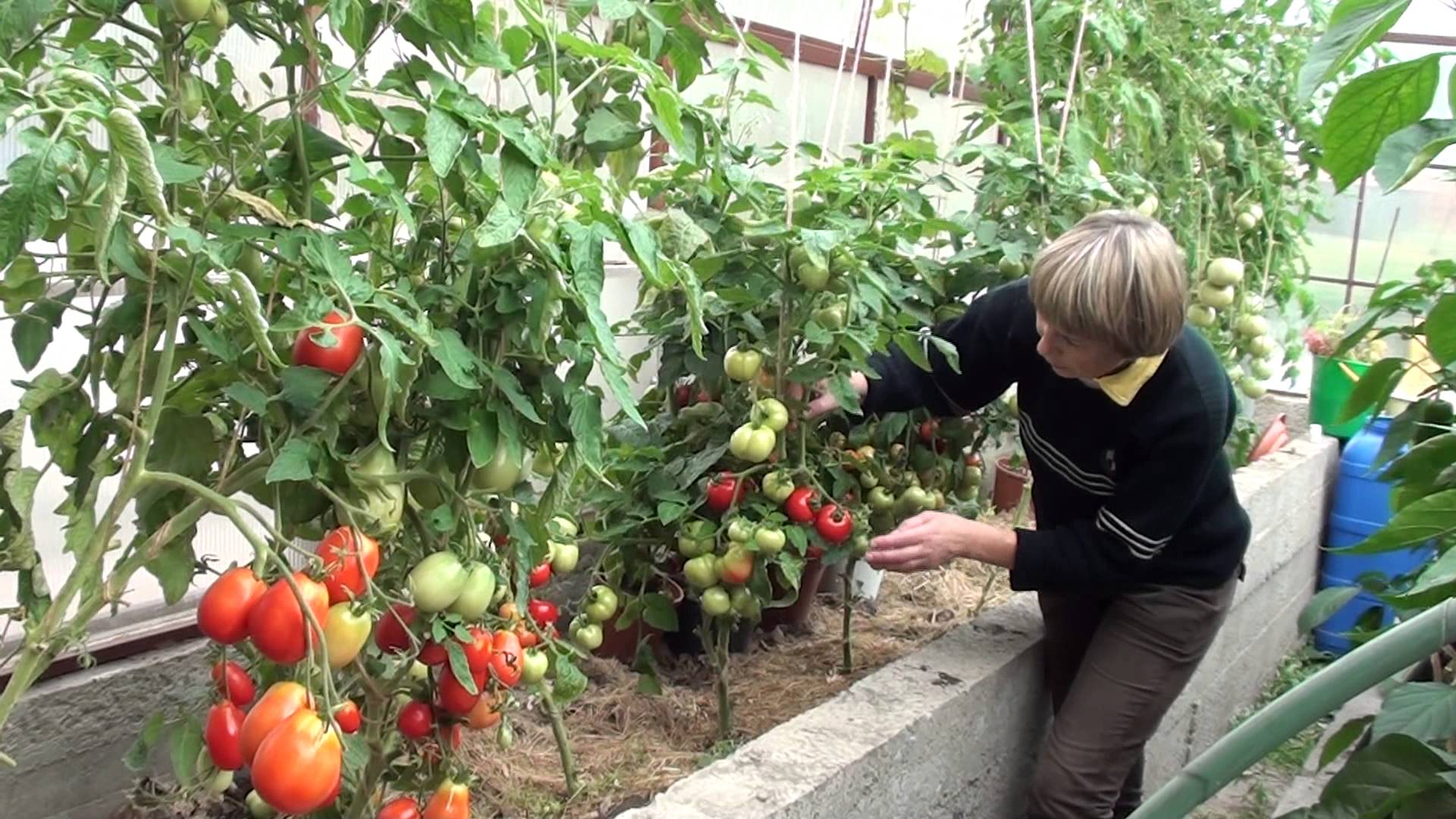Content:
It is impossible to form a full-fledged harvest of cucumbers without the use of organic and mineral fertilizers. Nutrient utilization is very important whether you are growing your vegetables in open soil or planting them in closed greenhouses. For the effective use of fertilizers, you need to know how and how to feed cucumbers.
Types of dressings
It is quite difficult to get a significant and high-quality harvest of cucumbers without the introduction of the appropriate nutrients that are present in the composition of fertilizers. These substances fall into two broad categories:
- mineral fertilizers;
- organic fertilizers.
The first group includes compounds that contain chemical elements: nitrogen, potassium, potassium, calcium, etc. These substances are present in most soils, and in some of them there are trace elements contained in smaller volumes. Often there is a shortage of certain elements in the soil. Fertilizers are used to fill this deficit.
Mineral fertilizers for cucumbers are divided among themselves into simple and complex. The simple category includes drugs consisting of one component - potassium or phosphorus, for example. Complex substances combine several ingredients (at least two). Their use allows you to saturate the soil with a number of nutrients.
Organic fertilizers are substances that contain natural ingredients. These fertilizers consist of the same chemical elements as mineral ones, however, they have a different method of obtaining. Organic matter is either the waste products of mammals, or substances formed as a result of fermentation, decomposition, decay of substances and materials of organic origin (food waste, greenery, etc.) or folk remedies.
One of the most common organic fertilizers for cucumbers is yeast. 100 g of the product is diluted in 10 liters of heated water and the solution is kept for two or three days for fermentation. For one bush of plants, 500 ml of the resulting fertilizer is enough, which is applied under the root system. This method cannot replace a full-fledged top dressing, but it is suitable as an intermediate application.
Wood ash contains a number of nutrient compounds and helps to loosen the soil, thereby improving the access of moisture and oxygen to the root system. A glass of ash is dissolved in 10 liters of water, after which the fertilizer is ready for use. It can be applied every 1-1.5 weeks during all growing phases.
Onion infusion is recommended for use when foliage turns yellow, which indicates a deficiency of nutrients. A glass of onion husks is dissolved in a bucket of water and the solution is brought to a boil. After that, the container with the liquid is covered with a lid for several hours and left to infuse. Fertilizer must be watered through a sieve, after which it is ready for use as intended.
It is recommended to prepare green fertilizers based on weeds that remain after weeding the beds. Plants are poured into a bucket, filled to the top with water. A heavy press is placed on top of the container and the bucket is left in the sun for several days. After two to three days, the fertilizer is diluted with water and the plants are shed on it. This measure will allow not only to saturate the soil with useful microelements, but also to prevent planting from being affected by diseases.
Other common organic fertilizers include:
- cow dung;
- bird droppings (primarily chicken);
- sapropel, etc.
It is generally accepted that organic fertilizers are more suitable for cucumber and other cultivated plants than mineral fertilizers. This is due to the fact that the cucumber should not itself carry out the synthesis of inorganic elements, since they are already present in the fertilizer in organic form. However, it is not always possible to find some organic fertilizers (manure, droppings); moreover, not all organic matter contains the nutrients necessary at the moment.
Fertilizers for cucumber in a greenhouse
When feeding cucumber plants, you need to know how to feed cucumbers for growth, and take into account that certain nutrients are required for a culture only at certain stages of development. Improper use of fertilizers can lead to excess or deficiency of nutrients. Both of these phenomena are equally dangerous for cucumbers.
When growing cucumbers in greenhouse, balcony, indoor or greenhouse conditions, you need to know when to fertilize the cucumbers after planting. To do this, it is recommended to observe the following fertilization plan:
- First nFeeding should be started in the germination and sprouting phase, when the plant forms the first true leaf (not recommended to be confused with the cotyledonous leaf pair). At this stage, not all bushes need feeding, but only those that look weakened, grow slowly and show signs of developmental delay. When asked how to feed the cucumbers after planting, it should be answered that nitrogen and fertilizers based on it are most important for the culture in this phase.
- The next fertilization is carried out when the first flowers are formed on the cucumber bushes. Top dressing at this time stimulates the flowering process, increases the number of ovaries, and has a preventive effect against shedding. If during the flowering period cucumbers brighten sharply and noticeably, this indicates a lack of potassium or urea.
- The third feeding, carried out in the phase of abundant full fruiting, is the most important for cucumbers. In this vegetative phase, the plant consumes the largest amount of nutrients from the soil, and the emerging deficit must be eliminated. Bushes need all the nutrients at this stage - nitrogen, phosphorus and potassium. To prevent the crop from accumulating a significant amount of harmful nitrates, it is recommended to focus on the use of organic fertilizers during this phase.
- The final feeding of cucumbers is aimed at prolonging the fruiting process and increasing yields. The task of fertilizing at this stage is to increase the number of ovaries and saturation of the soil with the necessary nutrients.
First feeding
In the first feeding of cucumbers in a greenhouse, on a balcony or on a windowsill, organic fertilizers should be fully provided, most of which are characterized by the presence of a significant level of nitrogen in their composition. The most recommended substances and methods for their preparation are as follows:
- chicken droppings: 1 part to 15 parts water;
- slurry: 1 part to 10 parts water;
- herbal tea: 1-2 parts to 10 parts water.
In this case, ash extraction has a high efficiency, which is prepared according to the following algorithm:
- 1/2 cup of ash is dissolved in a liter container with hot water.
- After thoroughly stirring the solution, it is brought to a boil and then kept on the stove for another 15-30 minutes.
- After five hours of infusion, a bucket of water is added to the solution.
Cucumber bushes are shed with the resulting remedy, but foliar spraying of plants is more effective in this case. This method provides a quick effect, which is especially important in the presence of symptoms of nitrogen starvation in cucumber.
Of the mineral fertilizers, ammoofoska is recommended for use, despite the fact that this complex substance contains less nitrogen than phosphorus and potassium. It is also allowed to use azophoska. You can make effective fertilization at home by mixing the following ingredients:
- 15 g of potassium sulfate;
- 15 g of ammonium nitrate;
- 20 g of double superphosphate or 40 g of simple superphosphate.
The resulting mixture is diluted with 10 liters of water, after which it is ready for use.
Second recipe:
- 60 g of superphosphate is mixed with 1 tablespoon of urea;
- The resulting mixture is diluted in a 10-liter container with water.
Third recipe:
- Mix 10 g of superphosphate, ammonium nitrate, potassium salt;
- The mixture of substances is diluted in 10 liters of water.
Second feeding
During flowering, it is necessary to ensure the preservation of as much of the fertilized cucumber ovary as possible. Potassium is responsible for this, so in top dressing it is necessary to place special emphasis on this element. With symptoms of potassium deficiency, it is recommended to carry out foliar feeding of cucumbers with potassium nitrate, 25 grams of which is diluted in a bucket of water.
Cucumber plants react negatively to chlorine, therefore it is necessary to select such potash fertilizers in which this component is either completely absent or contained in minimal quantities. Such substances include potassium magnesium, in which chlorine is only 1%, and potassium takes up almost a third. There are 35 g of the drug per square meter of area.
An effective complex fertilizer during this period is prepared in accordance with the following step-by-step scheme:
- 20 g of potassium nitrate is mixed with 30 g of ammonium nitrate and 40 g of superphosphate.
- A mixture of substances is diluted in a ten-liter container with water.
Third feeding
During this period, cucumbers in greenhouses need as many nutrients as possible. In view of this, it is recommended to use complex fertilizers, for example, ammophos. The preparation contains a significant phosphorus content and is very quickly absorbed by plants. It is allowed to apply fertilizer in the following ways:
- 30-50 g per 1 m2 between rows;
- 20-30 g / 10 l of treatment water.
On the basis of mineral and organic fertilizers, a complex fertilizer is prepared by correctly mixing the following components:
- 30 g of potassium nitrate;
- 50 g of urea;
- 150 g of ash.
In this phase, organic fertilizers are also widely used in their pure form. Half fill a suitable container with manure and fill the rest with water. The container is covered and left to ferment for a week. 1 liter of the resulting product is diluted in 10 liters of water. Under each bush, 500 ml of the resulting solution is applied after evening irrigation.
Fresh chicken manure is used in a similar way. The only difference is that it only needs a few hours of time to persist.
Fourth feeding
During this period, it is recommended to feed with ready-made fertilizers intended for use in the greenhouse:
- Agricola;
- Kristalon;
- Kemira;
- Pum.
From organic fertilizers, a soda solution is recommended, when creating which 30 g of the product is dissolved in 10 liters of water. The use of an ash solution or herbal infusions is allowed.
Fertilizers for cucumbers in the open field
The first feeding is carried out 1.5-2 weeks after planting the seedlings in May-June, when they should ascend, take root and begin to gain vegetative mass. Two or three times every 7-10 days, plants are treated with herbal infusion or fermented cow dung. Among the mineral fertilizers, the following are recommended:
- superphosphate;
- urea;
- ammonium nitrate.
The period of the second feeding is characterized by an increased need for potassium and other elements. In this regard, it is recommended to carry out a one-time feeding with yeast, as well as apply such organic fertilizers like:
- infusion of herbs;
- wood ash;
- boric acid.
Among mineral fertilizers, the following are especially effective in this period:
- ammonium nitrate;
- potassium nitrate;
- superphosphate.
During fruiting, the cucumber in the garden is especially in need of various nutrients. Of the mineral fertilizers, urea and potassium nitrate are recommended. You can also fertilize cucumbers with drugs such as:
- infusion of herbs;
- boric acid;
- wood ash.
During the fourth feeding, it is necessary to focus on potassium-nitrogen fertilizers and preparations with a high content of magnesium and calcium. Two or three times are treated with infusion of rotten hay, 1 time - with baking soda. It is also allowed to use wood ash and urea.
Nitrogen fertilizers for cucumber
To know how to feed cucumbers, you need to know that nitrogen is extremely important for the full development of a cucumber both in a greenhouse and in open ground. Without its use, it is impossible to obtain a high and high-quality yield. Mineral nitrogen preparations are divided into three categories:
- Nitrate (ammonium nitrate, etc.). These fertilizers are applied mainly at the beginning of the spring to the soil and holes before planting the plants, and in the summer as top dressing. This category of fertilizers has the ability to accumulate in the harvest, therefore, it is not used during flowering and fruiting.
- Ammonia (ammonium sulfate, etc.). The preparations are applied to the soil in the spring before sowing the plants and in the fall at the end of the harvest period.
- Amide (urea, etc.). The preparations dramatically increase the acidity of the soil, ensure rapid assimilation by the plant and the same rapid excretion with water.
Most organic fertilizers are characterized by the presence of nitrogen in their composition. The highest level of the element is found in substances such as:
- manure;
- peat;
- remains of foliage and plants;
- bird droppings;
- silt;
- siderates.
The importance of phosphorus for cucumbers
The question of which fertilizers cucumbers like can be answered, it can be answered that they like phosphorus fertilizers. With a deficiency of phosphorus in the soil, it will not be possible to get large fruits, even if the content of other elements is normal. This is due to the fact that phosphorus is responsible for the normal development of the root system, without which it will not be possible to achieve the required level of metabolic processes.
In the absence of phosphorus, mass shedding of the ovary is usually observed. Some fruits, which still manage to set, are small, unfulfilled, ugly. Their taste is at a low level.
The fertilization procedure for cucumbers is not much different from the similar procedure for other cultivated plants. The hard work of the summer resident in feeding cucumbers will lead to a good harvest with ripe plump fruits.
